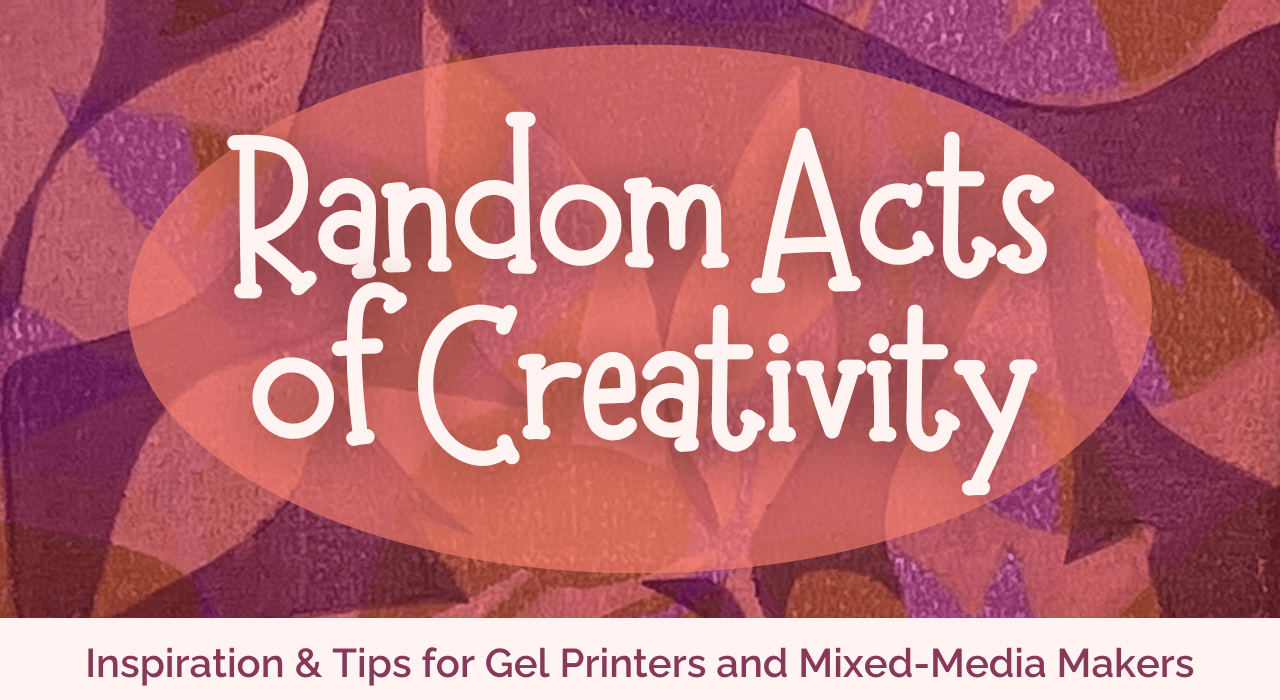I am a teaching artist who helps creative people like you explore techniques and develop practical skills so you can freely express your creativity and unlock your potential.
Until my retirement at the end of May 2024, I had been teaching K-12 students - for over 20 years - how to execute various art techniques and how to appreciate and talk about the visual arts; and I have been doing all this online for the past ten years. And now I am teaching online courses as well as adult workshops in my home studio, at local venues, and as a guest teacher in other locations.
The creative process is an amazing thing! As I explore my own art-making, I develop new styles and techniques along the way. I love to share that knowledge with others so they can benefit from what I've learned.
I offer tips, tricks, and insights in occasional newsletters for my email subscribers; I create free and paid resources and tools, and I am building a collection of online courses. I am always open to ideas for new things to share.
Won't you join me on this creative journey?
Cheers!
Diana


I think I'm going to try something new now. I'm going to really oil the plate up like crazy and try some wet strength tissue instead of copy paper. In theory it would seem to absorb less and protect as well. I mean, the only protection any paper provides is pretty minimal anyway.
What I don't understand is the grunge lovers who leave paint on the plate all the time. I love grunge, too, so I guess as long as all they ever do is grungy prints they wouldn't care about pits or bubbles...? I've considered keeping one side pristine and letting the other go crazy. 😂
By the way, I love just about everything you post or do! ❤️
I'm curious how the wet strength tissue will work for you. My first thought is that it will wrinkle, and that "texture" may show up on your plate after an extended period of time.
Gel plates are fairly resilient. I suppose the grungy paint left on the plate may leave it dimpled, but that would only add to the grunginess. 😊
Do you ever work with your plate on plexi? I like to turn my plate around now and then to see what it looks like underneath, but it’s difficult with the air bubbles.
I leave one side of the plastic on my plate so it is always protected, and if I damage the side I use, I have a pristine side to switch to.